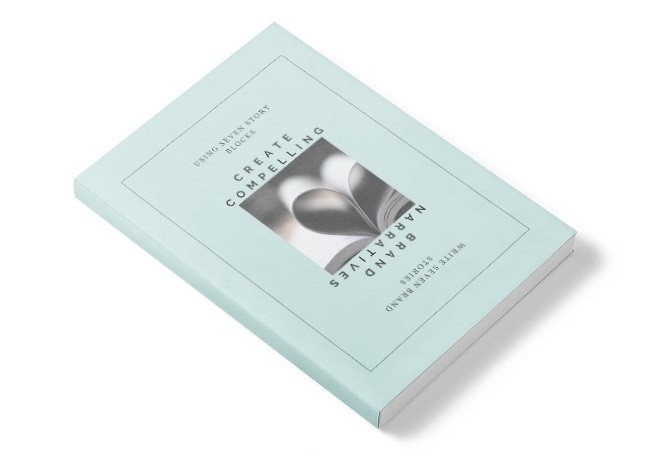As a magazine editor, the thing that constantly amazes me every day is the amount of words that some people can literally stuff into a single sentence to try and get their message across, when actually all it does is the exact opposite, and in most cases it confuses you more than it clarifies things.
How did I go – 55! A PB.
As an editor, it’s considered that long sentences lower the absorption of content by your reader. (16)
In other words, they can’t quickly understand what’s been written. (10)
Lengthy sentences normally require re-reading for clarity to occur, and this lengthens the time it takes for consideration and comprehension. (20)
Ideally for copyediting clarity, sentences should be no more than 20 words – but of course, all good rules are made to be broken when it suits your style, purpose and reader expectation. (32)
So if you are aiming for clear, concise, comprehensible writing (and reading) apply the 20-word rule.
The twenty word rule
With the growing amount of content that people regularly absorb each day, 20-word sentences are now considered ideal for comprehension.
The easiest way of fixing a verbose sentence is:
- Count the words – for ease and speed, this cleverly appears in the footer of the screen in WORD (beside the page number and language).
- Break the single long sentence into two or multiple 20-word sentences.
- In most cases you will have fixed the problem, making things much clearer.
Long sentences are a big communication issue, especially in business and persuasive writing. They cause the reader to take far longer to get the whole point of what you’ve written.
However, be aware that a possible down-side to the 20-word sentence is clunky, jerky sentences. This only applies though if you don’t go back and massage your work after applying the rule.
The true readability of any work is in the editing you do on your work before finishing.
Readability tool
There’s a very useful online tool that I now can’t live without. It tests the readability of all or part of a web page, or you can also type in a passage of text to be scored.
The Readability Test Tool provides a quick and easy way to test the readability of your work.
This tool measures and scores the readability of the text by a number of accepted linguistic indicators. The most widely accepted, the Gunning Fog Index, measures the readability of English writing. This index estimates the years of formal education needed to understand the text on a first reading.
The Fog Index is commonly used to confirm that text can be read easily by the intended audience. Texts for a wide audience generally need a fog index less than 12. Texts requiring near-universal understanding generally need an index less than 8.
To give you an idea of how it works, this post scored 8.6 on the Fog Index.
No. of sentences 51
No. of words 683
No. of complex words 58
Per cent of complex words 8.49%
Average words per sentence 13.39
Average syllables per word 1.38
So before you next hit the ‘publish’ or ‘send’ button, try out this nifty tool and score your work for readability. Your readers will silently thank you by reading on.
Five things to never forget
A copy editors’ raison d’etre is to ‘make it say what it means, and mean what it says.’
They make copy: clear, correct, concise, comprehensible and consistent.
Never forget:
-
Short sentences are better than long ones.
-
Two-syllable words are better than four-syllable words.
-
If you can say something in two lines, don’t use four.
-
Paragraphs should generally be short in length, with sentences clear and to the point.
-
Don’t overuse commas to break up overly long sentences that are unclear and rambling.
The simple fact is the 20-word sentence is a good one. And it works.
I’ve never forgotten it since it was shared with me.
It definitely makes for better reading.
Photo via stock.xchng user lupoianfla

